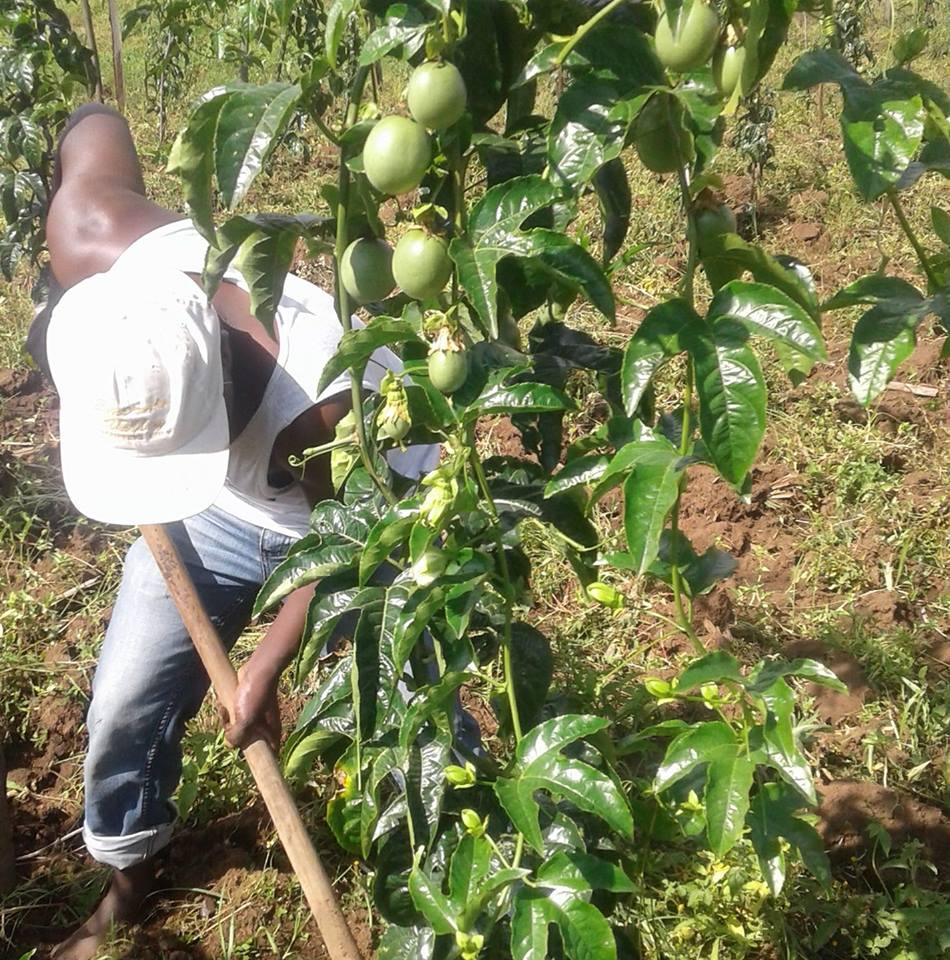Farmers can have access to water for use in the farm all-year round even in times of drought by building water pans to harvest and conserve the commodity.
A report published in the International Journal of Climatology reveals that Kenya is highly vulnerable to drought. Only 20 per cent of the country receives high and regular rainfall. The remaining 80 per cent is characterized as arid and semi-arid lands where rainfall is variable and drought is a regular feature of the climate.
The arid and semi-arid lands house more than half of all livestock in Kenya and more than a quarter (30 per cent) of the population; these are among the most vulnerable populations to rainfall variability and drought and as such with the ongoing rains, farmers can take advantage by building pans.
A water pan is a pond for storing rain water from roads or fields which is then used to water crops and given to livestock.
According to the Kenya Agricultural and Livestock Research Organization, pans are built on the lowest point of the farm near the road or field and on soils which hold water (clay).
A round pan 24 feet across and three feet deep for instance will hold 200 drums, enough water for up to five cows and irrigating one acre of crops when there is no rain.
To prevent water loss, line the pan bed and walls with heavy clay or plastic sheeting. Plant indigenous trees such as acacia, grafella, croton and neem tree to stop the water from drying up. Avoid planting Blue gum as it will make the pond dry by taking in all the water.
Make the walls of the pan strong by putting stones on the side, making the slopes gentle and planting grass on the wall.
Related content
New bean varieties that use less water to help farmers beat drought effects
Water saving crystals that can enable plants survive longer in dry conditions
Farmer invests in water to increase his gross income from Sh30,000 to Sh360,000 a season

A water pan at Charles Kalili's farm in Mwingi that has helped him have access to water all-year round for his animals. Photo/file.
Mwingi farmer Charles Kalili for example has tripled his livestock herd from 20 to 63 goats, and sheep from 20 to 52 after building a water pan to harvest water for his animals in the 2017/18 rainy season.
“Initially I used to take my animals to quench their thirst two kilometers away from my home at a neighbors homestead, this was tiresome and time consuming but with the water pan I can harvest 500,000 liters off run-off water in a rainy season enough to last for half a year,” said Kalili.
Write comment (0 Comments)





 Basil, a common aromatic herb in the mint family. Photo courtesy.
Basil, a common aromatic herb in the mint family. Photo courtesy.










